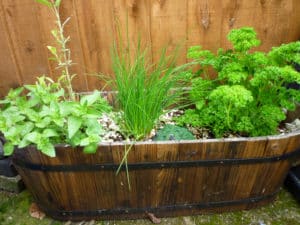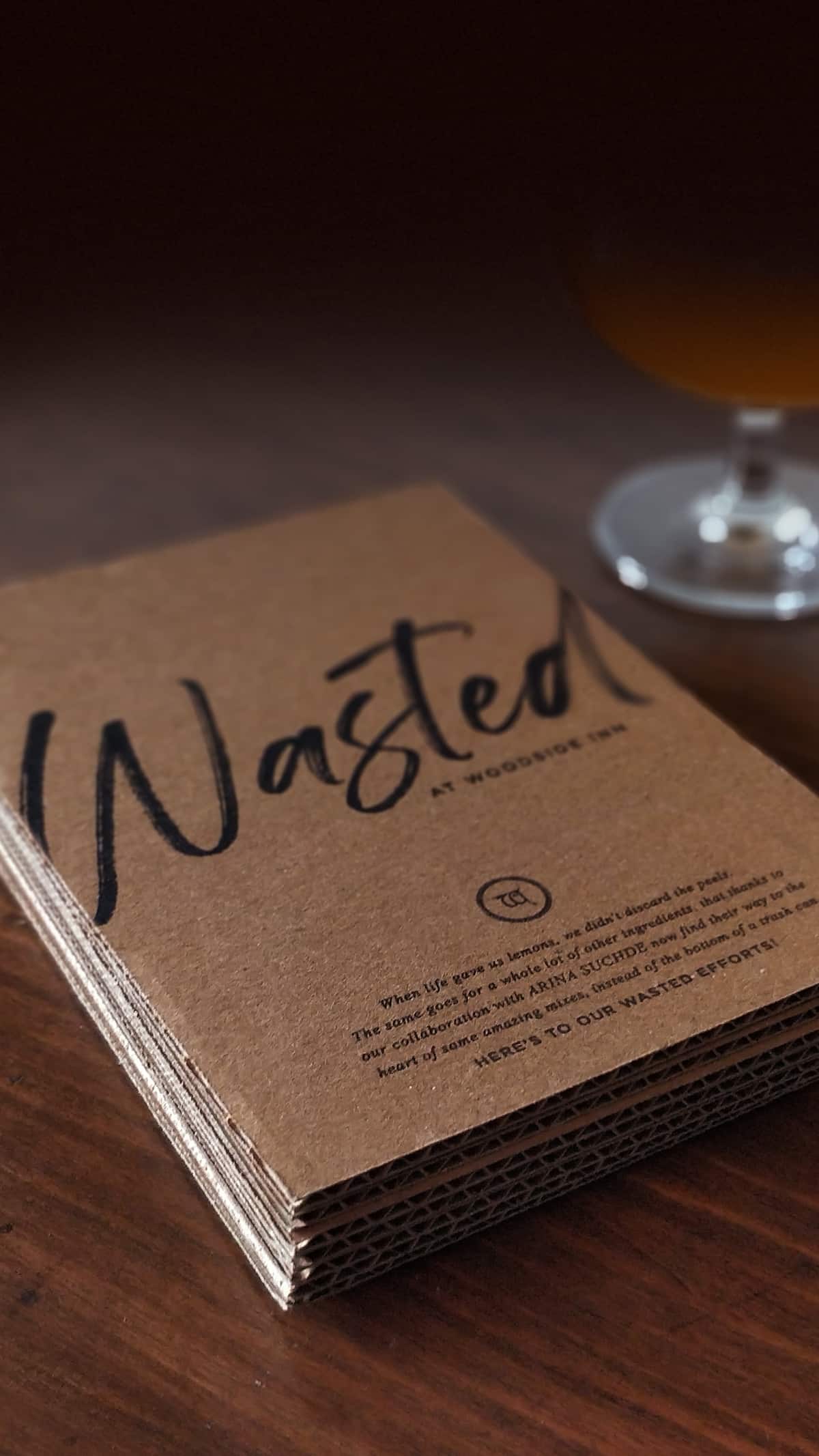Sustainability! The latest buzzword heard around the world. What does it really mean?
Setting the Context
The easiest way to look at sustainability is through three main aspects: Environmental, Social and Economic. Most conventional businesses tend to focus on economic sustainability, but what they need to realize is that all three can work in tandem. If you work towards environmental sustainability, economic sustainability will follow.
Sustainability cannot be achieved overnight or at the flip of a switch. It is a systemic change that happens over time. The simplest way to approach it is to identify all the areas and tackle them one by one. Start with things that can be implemented at the earliest, while working towards the bigger long-term changes on the side.
Let’s talk about sustainability in bars, with some contribution from the kitchen. It includes various factors like low carbon foot print, shorter supply chains, little to no wastage (ingredients, packaging, energy, power), ethically sourced ingredients, organic ingredients etc. Among these reducing waste and sourcing better ingredients are the easiest to start implementing almost immediately.

Know your Ingredients
Let’s begin with our ingredients, knowing where they come from and how they’re grown is extremely important. Understanding the produce and its quality will help you craft better drinks. Try sourcing directly from small scale farmers as close to your city/town as possible. If you have the space and time, growing a variety of herbs in-house is a great way to add that element of freshness to your cocktails.
Basil, mint, rosemary, oregano, chillies, blue pea, hibiscus, roselle are just a few of the many plants that can easily be grown in pots in small spaces depending on the weather in your area. Working closely with local, small producers and farmers not only gives you more control over what ingredients you use in your bar but you will also get a chance to learn about so many new and seasonal ingredients that you can work with. Seasonal and local produce is good for the environment.

Food Waste
Another big issue across the world is food waste, and by that I don’t mean leftover from big meals. I mean fresh produce that gets left behind at the farms or stores and also in the form of trimmings and scraps from kitchens and bars. All that constitutes close to 30% of the world’s food waste. One of the easiest and most effective ways a kitchen and bars can help deal with the problem is being open to buying imperfect produce from farmers. The aesthetic appeal of the fruit or vegetable doesn’t determine its quality in flavour or nutrition. They’re going to get processed in some way so the outward appearance of the whole fruit or vegetable shouldn’t be a criterion to judge it in the first place.
Coming to the most exciting thing according to me; the “waste” left behind after all the day’s mis-en-place is done. The peels, stems, seeds, pulp etc. the so-called waste or by products that end up in the trash are full of potential just waiting to be used. The key is to look at them and treat them like you would a regular ingredient and find creative ways to incorporate them into your menu.

Start by making a comprehensive list of all the remnants from the kitchen and bar after all the prep for the shift is done. No matter how big or small, even though it may seem absolutely useless at that point, include it in the list. It could be citrus peels, herb stems, chili/bell pepper cores and seeds, whey from cheese/yogurt, water from cooking beans/chickpeas, fruit and vegetable peels and seeds, pulp from sauces, soups and juices, anything at all. Any part of an edible ingredient that is usually thrown in the trash should be included in the list.
Look at each item on the list and make a note of the texture, flavour, quantity and which ones can complement each other. Also make a note of the quantities of the whole ingredient, what is used and what is left behind. This exercise will show you how much of what comes into the kitchen/bar is thrown away when it can be put to so much better use. Though some of the parts of the produce may not be directly edible, they have immense flavour and nutrition. It’s just a matter of experimenting and trying new methods to process them to extract maximum flavour from it. You’d be surprised how much you can get out of a fruit, vegetable, herb or spice at multiple stages rather than getting just a single use out of them.
This not only saves ingredients from the trash but also off sets your food loss and in turn creates components or drinks that can add more value to the menu. You can help your business by helping the environment.
Arina Suchde


